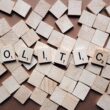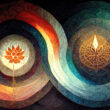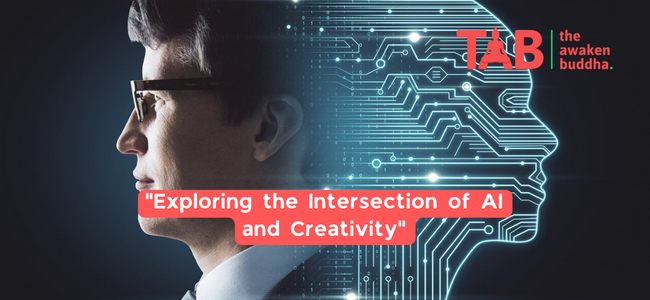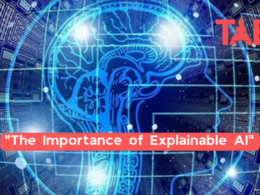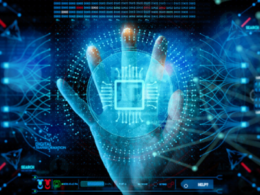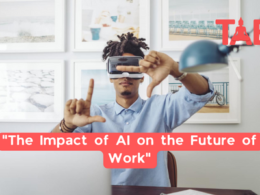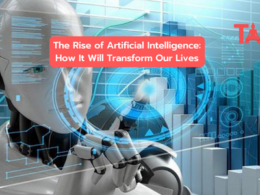Artificial Intelligence (AI) has been changing the world in multiple ways, and one of the most exciting and thought-provoking is the intersection of AI and creativity. AI has already been used to generate music, paintings, and movies. This article will analyze the fascinating world of AI and creativity, discussing how AI is currently used in the creative arts, the potential future of AI-generated art, and the ethical considerations surrounding this technology.
What is AI-generated Art?
AI-generated art refers to any piece of art created, at least in part, by an artificial intelligence system. There are several ways that AI can be used in art creation. One of the most expected methods is to use machine learning algorithms to analyze existing artwork and generate new pieces based on that analysis. Another method is to train AI systems to generate art from scratch, using data sets that include visual and musical patterns.
Examples of AI-generated Art
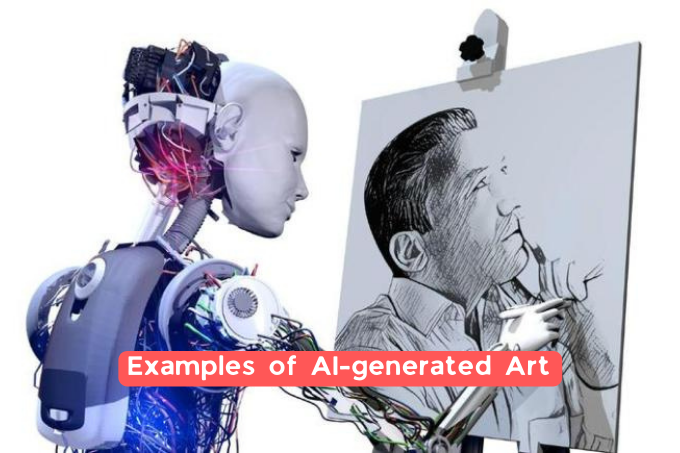
AI-generated art has made headlines in the creative world, with several high-profile examples. One of the most popular examples is the painting “Portrait of Edmond de Belamy,” created by a Paris-based art collective called Obvious. The painting was generated using a machine learning algorithm that analyzed thousands of existing portraits and then created a new image based on that analysis. The painting sold for a staggering $432,500 at auction in 2018.
Another example of AI-generated art is the music album “I AM AI,” released in 2019 by Amper Music. The album was created entirely by an AI system trained on thousands of existing songs, and the resulting tracks are both original and surprisingly catchy.
The Future of AI and Creativity
The use of AI in the creative arts is still relatively new, but many experts believe it can revolutionize how we create and experience art. With AI-generated art, it is possible to create entirely unique pieces that challenge traditional notions of creativity.
Advantages of AI-generated Art

One of the most significant advantages of AI-generated art is that it allows us to create art at a scale and speed that was previously impossible. With AI systems, it is possible to generate thousands of pieces of art in hours, which would take a human artist years to accomplish. Additionally, AI-generated art can create entirely unique pieces, with no two identical pieces.
Challenges and Ethical Considerations
Despite the potential benefits of AI-generated art, several challenges and ethical considerations must be addressed. One of the main concerns is the question of authorship. Who owns the rights to an AI-generated piece of art, and who should be credited as the creator? Additionally, there are concerns about the impact of AI on the job market for human artists, as well as the potential for AI-generated art to be used for infamous purposes, such as propaganda.
Conclusion
AI-generated art is a fascinating and rapidly-evolving field that can revolutionize the way we create and experience art. While there are still many challenges and ethical considerations to be addressed, the possibilities of this technology are truly exciting. As AI systems evolve and become more sophisticated, we can desire to see even more groundbreaking examples of AI-generated art in the future.
FAQs
Can AI indeed be creative?
While AI systems are not capable of experiencing emotions or understanding the nuances of human experience in the same way that humans are, they can generate art that can be surprisingly creative and unique.
Will AI-generated art replace human artists?
While AI-generated art may have some advantages over traditional human-created art, it is unlikely to replace human artists entirely. Many still value the emotional connection that comes from experiencing art created by a human.
How do AI systems create art?
AI systems can create art using various methods, including analyzing existing artwork and generating new pieces based on that analysis and training on data sets that include visual and musical patterns.
What are the potential benefits of AI-generated art?
Some potential benefits of AI-generated art include creating art at a scale and speed that was previously impossible and creating entirely unique pieces that challenge traditional notions of creativity.
What are the ethical considerations surrounding AI-generated art?
Some ethical considerations surrounding AI-generated art include the question of authorship and who should be credited as the creator, the potential impact of AI on the job market for human artists, and the potential for AI-generated art to be used for nefarious purposes such as propaganda. It is important that these considerations are taken into account as this technology continues to evolve.



